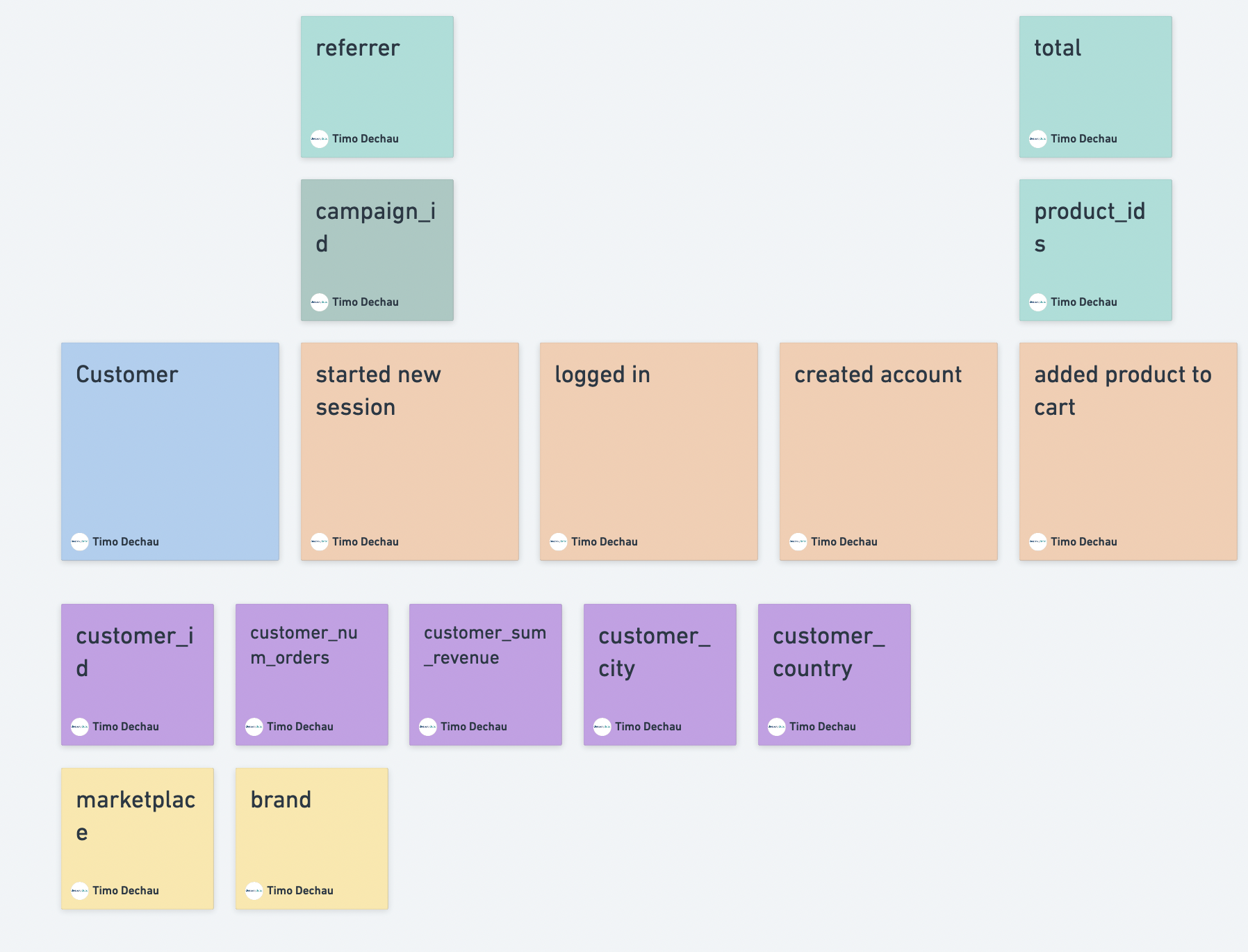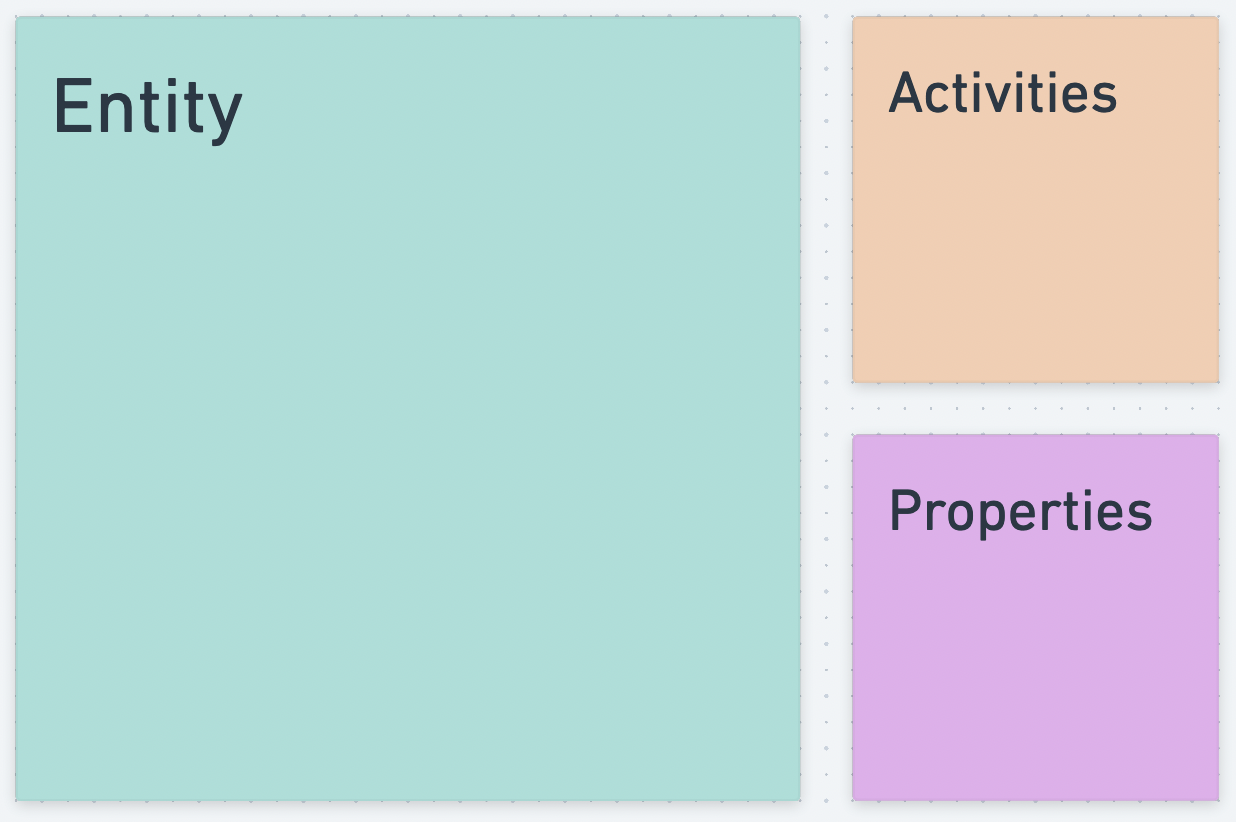Free Video Course:
How to create a Segment tracking plan
Grow your business and product by tracking the right event data in the right shape every day.
Grow your business and product by tracking the right event data in the right shape every day.
Why is your tracking not working
Don't worry. Most business struggle with their data tracking setup. Because it's not easy to set up, it takes some effort to do it right from the design and implementation.
Not the right data
Too many events
No trust in data
No idea what to do with it
In our course we show you how to structure your data based on your business, product and marketing.

Even when Segment calls itself a CDP.
For me, Segment is a (customer) data collection platform. It provides this one collection layer where you send all event data from frontends, backends and even third party platforms to one endpoint.
One of the major benefits of using Segment is you can send event data from any place where your application is running. Segment provides multiple SDKs for native integration and for all other cases provides an HTTP endpoint for sending event data.
But all event data needs a plan. And that's why starting out to create a tracking plan for Segment before you start sending event data is essential.
In this course we will show you our approach to define events. Additionally we walk you through the different features of Segment and how to implement your tracking with Segment code.
Insufficient data or too many events is a design problem, not an implementation problem. You get the correct data by tracking 20-30 core events with the right design.
“Excellent as always - really helped develop our analytics platform further and assisted with direct comms to our client so they were able to articulate their needs and explain how this data could be provided. Much appreciated as always.”

We have developed two frameworks to design better event data and tracking plans.
We work with three layers of event data to focus on suitable events. We are going from a high-level business focus to a granular interaction focus.
Core Business events
Product events
Interaction events
Define your business and product entities first. They define the scope you want to look at your data. Then explain the activities of these entities and, finally, their properties.
Entity
Activity
Property

You can find these topics in the online video course
01 - Welcome to how to create good tracking plans
02 - What makes tracking so hard?
03 - An existing setup with the “just dump the data” model
04 - What do you want to achieve with data
05 - How does Segment work and what features does it offer?
06 - Building a business blueprint to collect the right data
07 - Mapping your business and product events with event storming
08 - Mapping product use cases and critical paths
09 - How to develop a good event schema
10 - The power of event properties
11 - How to develop, manage, implement and own a Tracking plan
12 - How to implement tracking for Segment
We walk you through how to define the actual events and give them a scalable structure that still works in some years.
Sign up for free